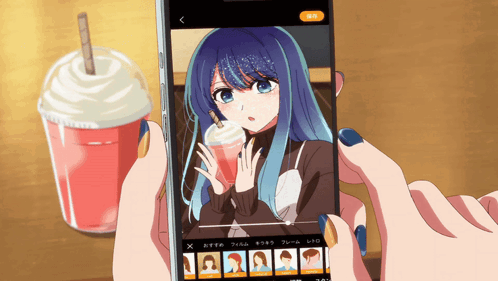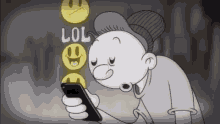
GuidanceIf you want to translate into another language, please use the translate feature in your browser.

The Impression?
In the digital age, our image is shaped not just by what we post, but by how others interpret it. Every photo, caption, or off‑hand remark becomes material for people we’ve never met to form opinions — sometimes in seconds, and often without full context.

The Psychology Behind Snap Judgments Online
- Thin‑Slicing — Psychologists use this term for our tendency to form quick impressions from minimal information. On social media, a single post can become “all they need to know” about you.
- Negativity Bias — The human brain remembers negative events or traits more vividly than positive ones. One slip‑up can overshadow years of good behavior online.
- Confirmation Bias — Once someone forms an impression, they tend to notice only the content that reinforces it, ignoring contradictions.
- Deindividuation — Behind screens, people feel less restrained and more likely to pass blunt or extreme judgments.

Analogies: How Online Perception Works
- The Wolf Pack — In a pack, one sign of weakness can change the group’s treatment of a member. Similarly, one perceived flaw on social media can alter your whole “ranking” in an audience’s eyes.
- The Ant Colony — While most ants focus on shared work, if one behaves differently, it stands out — much like content that breaks a familiar pattern.
- Public Square Politics — In ancient forums, public reputation could rise or fall with a single speech. Today, the “square” is the timeline.
- Team Sports — A player remembered for a critical mistake may be defined by it — no matter how many games they’ve won before.
Real‑World Scenarios
-
The Influencer Under Fire
One comment taken out of context sparks a viral thread painting them as careless or arrogant. Even sincere apologies may not erase the label. -
Daily‑Life Broadcasters
Someone who shares their every meal, commute, and thought may be seen as relatable — or as oversharing — depending on the viewer’s bias. -
The Silent Lurker Misread
A user who rarely posts may be assumed disinterested or aloof, even if they’re simply private.

Why Mistakes Outweigh Merits in Memory
Studies show that bad impressions are “stickier” because:
- They’re perceived as signals of hidden character flaws.
- They feel more urgent to remember as “warnings.”
- They create stronger emotional reactions, which the brain encodes more deeply.
Crafting a Positive Impression — Without Making It Obvious
“The best reputations are built in the quiet moments when no one seems to be watching — yet somehow, everyone notices.”
Creating a good impression online isn’t about a carefully scripted performance. In fact, the more forced it feels, the less authentic it appears. Instead, focus on patterns and micro‑behaviors that over time shape how people see you.
The Quiet Signals That Speak Loudly
- Consistency Over Curation — People trust stability more than perfection.
- Selective Transparency — Share personal moments occasionally, but in ways that connect to a broader value or idea.
- Spotlighting Others — Highlighting someone else’s achievement positions you as generous and observant.
- Micro‑Kindness — Thoughtful comments and quick responses show attentiveness.
- Calm in Controversy — Measured words or strategic silence during heated moments speak volumes.
Analogy: The Garden Fence
Think of your online presence like a garden visible through a low fence. People can’t see everything, but they get an impression from:
- The regular care (posting patterns)
- The healthy plants (valuable content)
- The inviting atmosphere (tone and interaction)
You don’t need a perfect landscape — you just need a space that feels genuinely tended.
Practical Takeaways
- Let Values Show Naturally — Reveal them through actions, not declarations.
- Balance Light and Depth — Mix levity with reflection.
- Be Predictable in Respect, Unpredictable in Creativity — Stability builds trust, novelty sustains interest.
- Leave Gaps for Imagination — Mystery can be magnetic.

Closing Reflection
“Online, we are both the artist and the artwork — and the gallery is full of critics we’ve never met.”
We can’t control every interpretation, but we can control what we put into the feed. Understanding how judgments are formed — and how subtle signals shape them — helps us post with more intent, respond with more clarity, and, when necessary, weather the storm without letting it define us.
